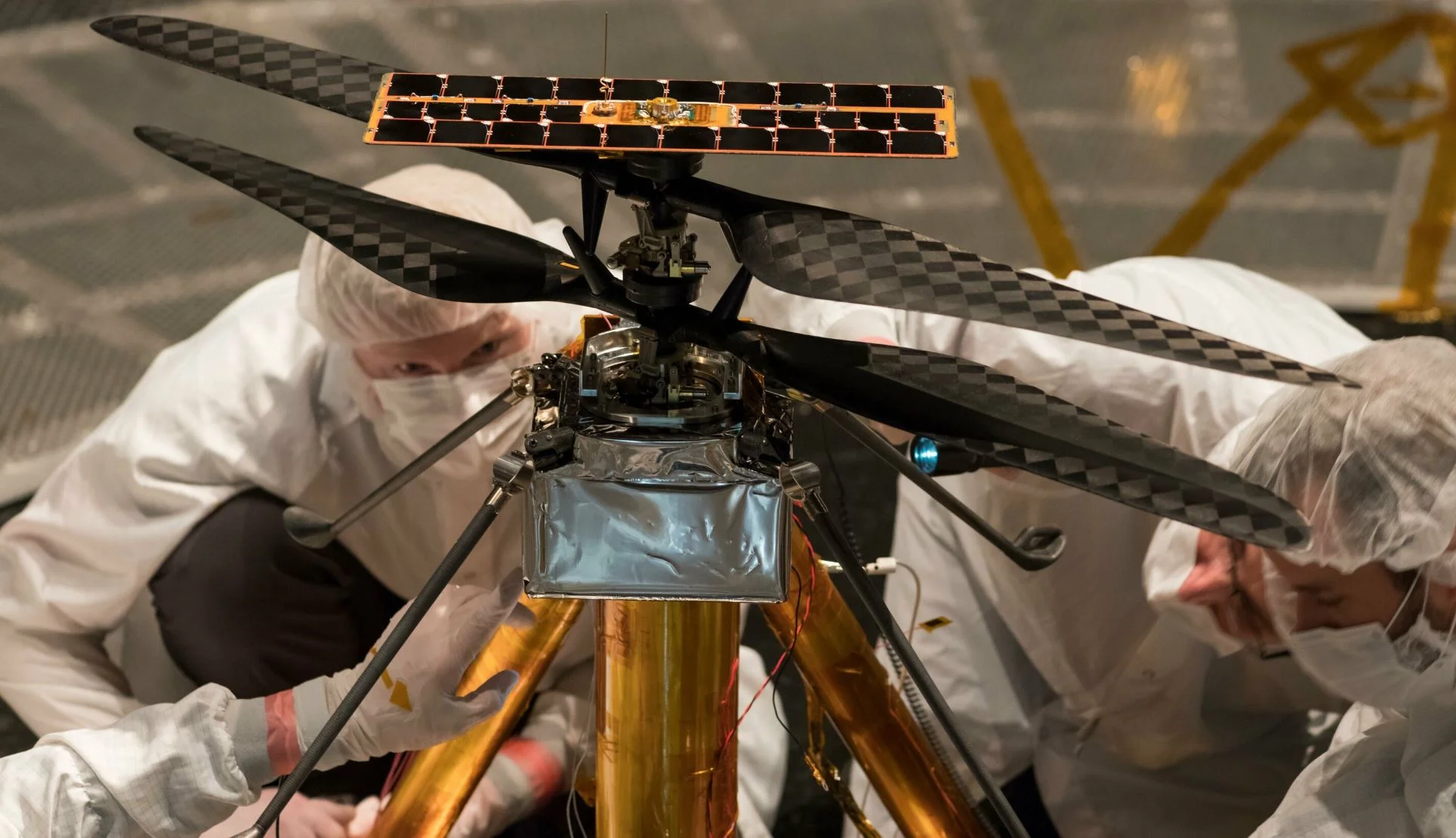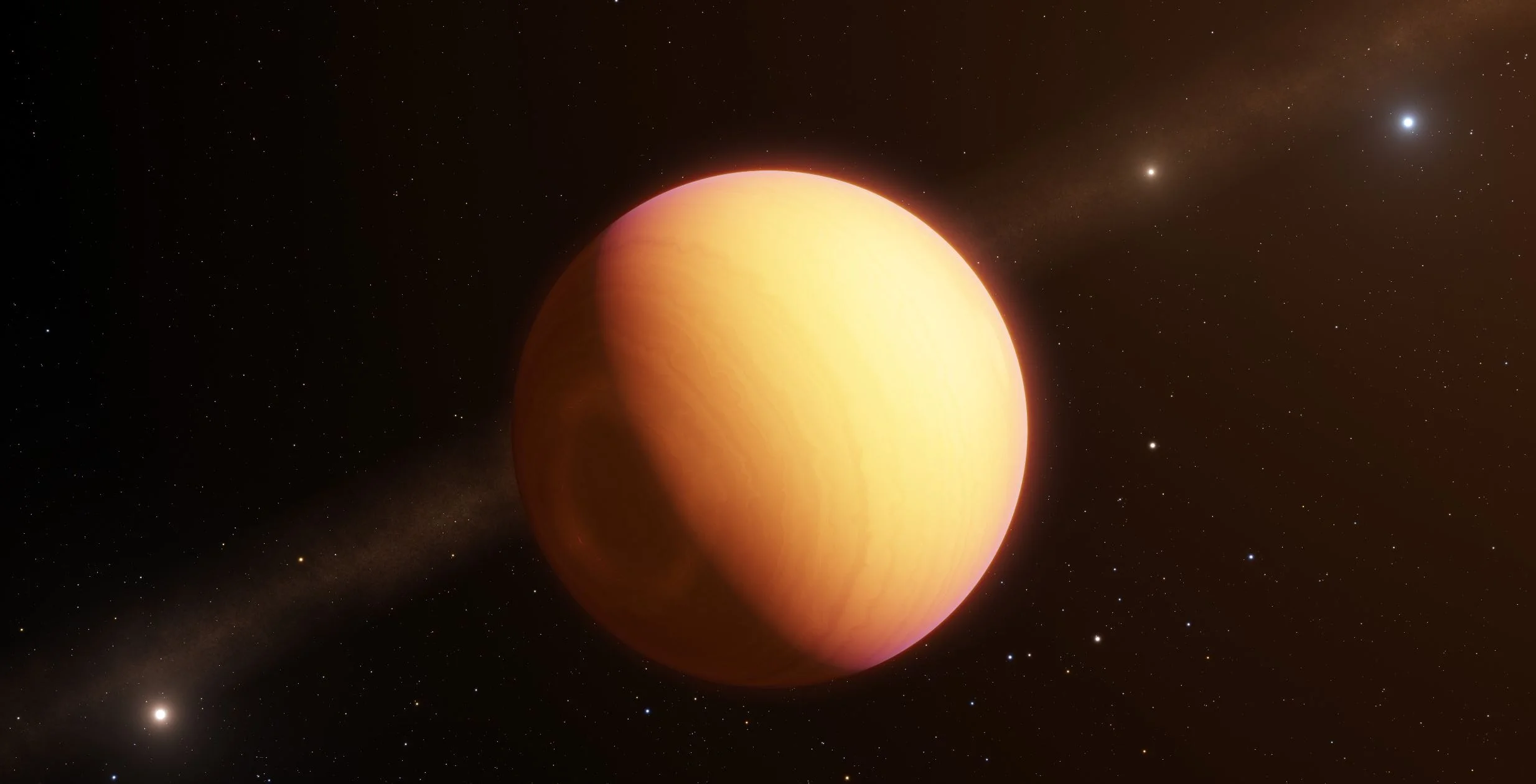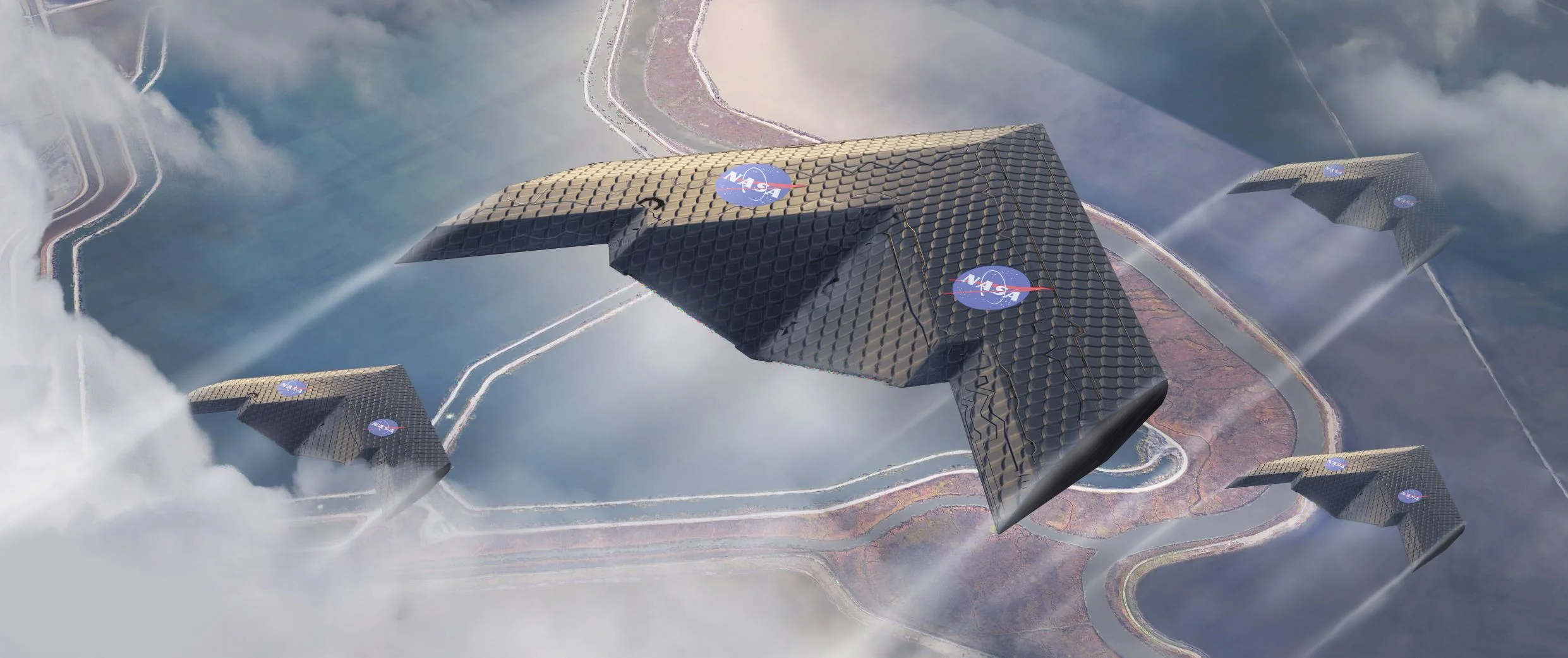SpaceX has made some amazing accomplishments in the past few years, all of which have been in keeping with Elon Musk’s promise to cut the costs of space exploration. And with all the excitement surrounding the Starship Hopper and its first hop tests, there was one very important accomplishment that seems to have faded into the background a little.
Does a year in space make you older or younger?
Space Weather Forecasts can now give Satellites One Whole Day of Warning when a Killer Solar Storm is Inbound
Earth’s fleet of satellites is in a vulnerable position. When solar activity increases, high-energy particles are directed toward Earth. Our large fleet is in the direct path of all that energy, which can damage them or render them inoperable. But now we have another tool to help us protect our satellites.
First ever black hole photo confirms Einstein’s theory of relativity
Black holes are long-time superstars of science fiction. But their Hollywood fame is a little strange given that no-one has ever actually seen one – at least, until now. If you needed to see to believe, then thank the Event Horizon Telescope (EHT), which has just produced the first ever direct image of a black hole. This amazing feat required global collaboration to turn the Earth into one giant telescope and image an object thousands of trillions of kilometres away.
Jupiter's Atmosphere Heats up under Solar Wind
Now We Know That Dark Matter Isn’t Primordial Black Holes
For over fifty years, scientists have theorized that roughly 85% of matter in the Universe’s is made up of a mysterious, invisible mass. Since then, multiple observation campaigns have indirectly witnessed the effects that this “Dark Matter” has on the Universe. Unfortunately, all attempts to detect it so far have failed, leading scientists to propose some very interesting theories about its nature.
Record-Breaking Satellite Advances NASA’s Exploration of High-Altitude GPS
The four Magnetospheric Multiscale (MMS) spacecraft recently broke the world record for navigating with GPS signals farther from Earth than ever before. MMS’ success indicates that NASA spacecraft may soon be able to navigate via GPS as far away as the Moon, which will prove important to the Gateway, a planned space station in lunar orbit.
NASA Achieves Rocket Engine Test Milestone Needed for Moon Missions
NASA is a step closer to returning astronauts to the Moon in the next five years following a successful engine test on Thursday at NASA’s Stennis Space Center near Bay St. Louis, Mississippi. The latest “hot fire” was the culmination of four-plus years of testing for the RS-25 engines that will send the first four Space Launch System (SLS) rockets into space.
Mars Express Saw the Same Methane Spike that Curiosity Detected from the Surface of Mars
The fate of the Earth? We discovered the remains of a planet following the violent death of its parent star
If it weren’t for the sun constantly showering us with energy, there would be no life on Earth. But eventually stars like it run out of fuel, expand into red giants and finally collapse into small, faint objects called white dwarfs. So what will happen to us and the other planets in our solar system when the sun dies? It’s not been entirely clear.
ESO might be Announcing the First Black Hole Picture on April 10!
The European Southern Observatory (ESO) has set an important press conference for April 10th, involving the Event Horizon Telescope (EHT). They haven’t come right out and said it, but the Media Advisory from the ESO says they will, “hold a press conference to present a ground-breaking result from the EHT.” If it’s not a black hole, then well-played ESO, well-played.
Mars Helicopter Completes More Test Flights. It’s Almost Ready to go to Mars
Ground-Based Telescope Directly Observes the Atmosphere of an Extrasolar Planet, and Sees Swirling Clouds of Iron and Silicates
NASA's Cassini Finds Saturn's Rings Coat Tiny Moons
New findings have emerged about five tiny moons nestled in and near Saturn's rings. The closest-ever flybys by NASA's Cassini spacecraft reveal that the surfaces of these unusual moons are covered with material from the planet's rings — and from icy particles blasting out of Saturn's larger moon Enceladus. The work paints a picture of the competing processes shaping these mini-moons.
MIT and NASA engineers demonstrate a new kind of airplane wing
Methane on Mars: a new discovery or just a lot of hot air?
The discovery of life on Mars would get pretty much everyone excited. But the scientists hunting for it would probably be happy no matter what the outcome of their search – whether life turned out to extinct, dormant or extant. They’d even consider finding no evidence of life whatsoever to be an important discovery. But, as the saying goes, absence of evidence is not evidence of absence, and it will take many decades of detailed exploration of Mars to be reasonably sure that life has always been absent there.
Hubble Spots Flock of Cosmic Ducks
Rivers on Mars Flowed for More Than a Billion Years
The ancient climate of Mars is a mystery to scientists. Even with all we’ve learned about Mars, it’s still difficult to explain how lakes and rivers existed. A new study shows that Martian rivers were swollen with runoff and that they flowed far later into the planet’s history than previously thought.
SpaceX Releases a New Render of What the All-Steel Starship Will Look Like Returning to Earth
The design for SpaceX’s Starship (aka. Big Falcon Rocket) is really starting to come together! Over the holidays, sections of the Starship Hopper (a miniature version of the Starship) were photographed being put together at the company’s South Texas Launch Site. By mid-January, the parts were fully-integrated, forming the body of the stainless-steel prototype that would test the spacecraft’s overall architecture.















